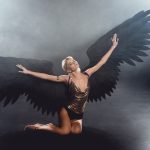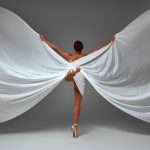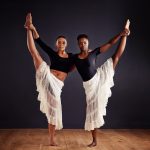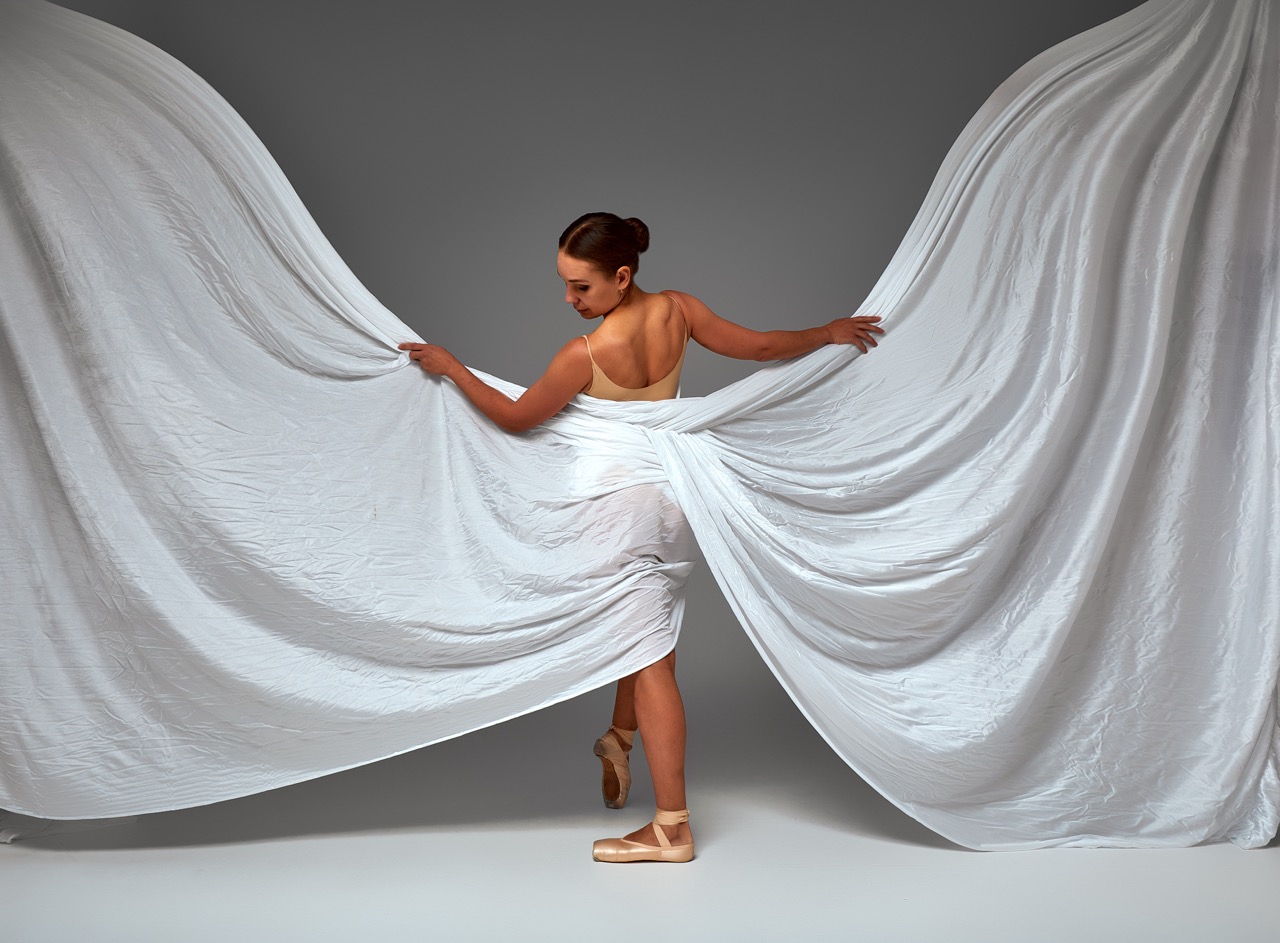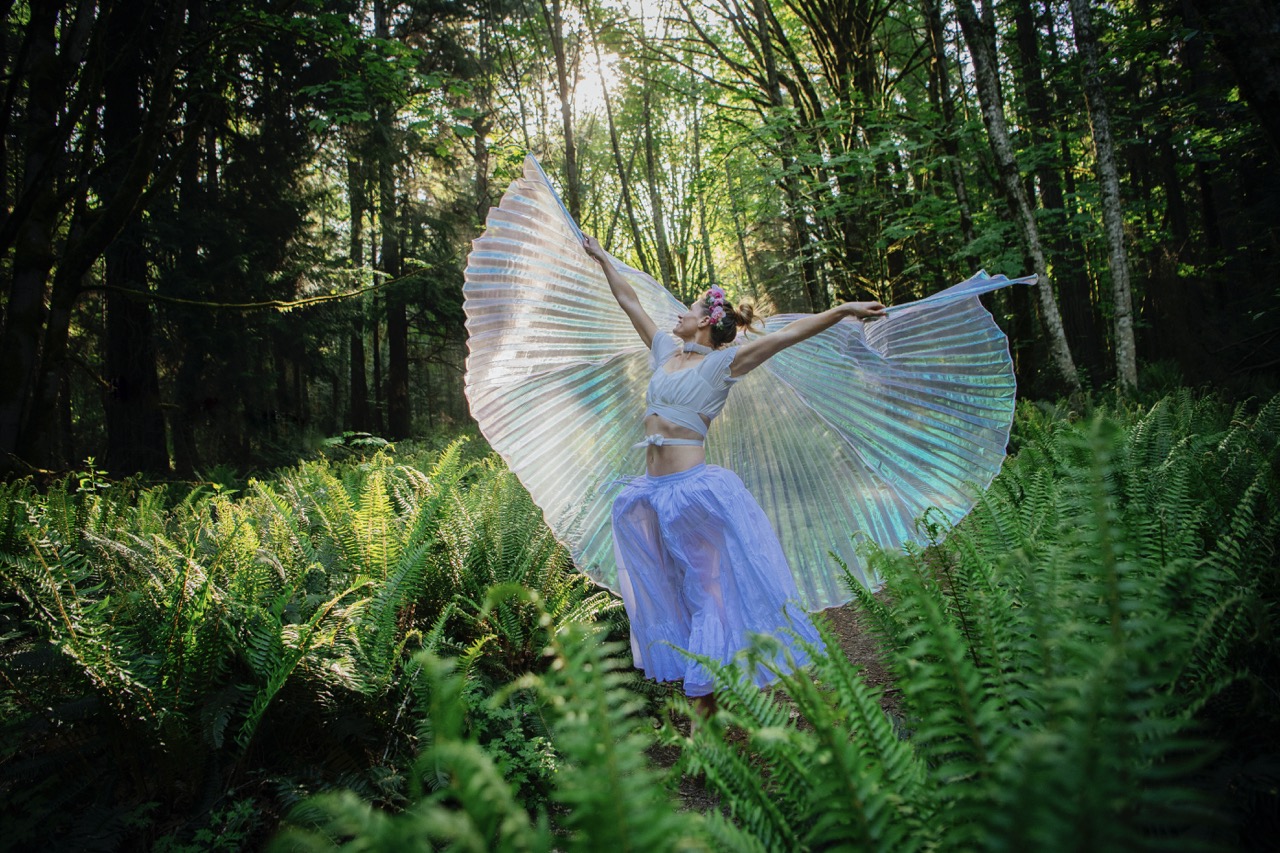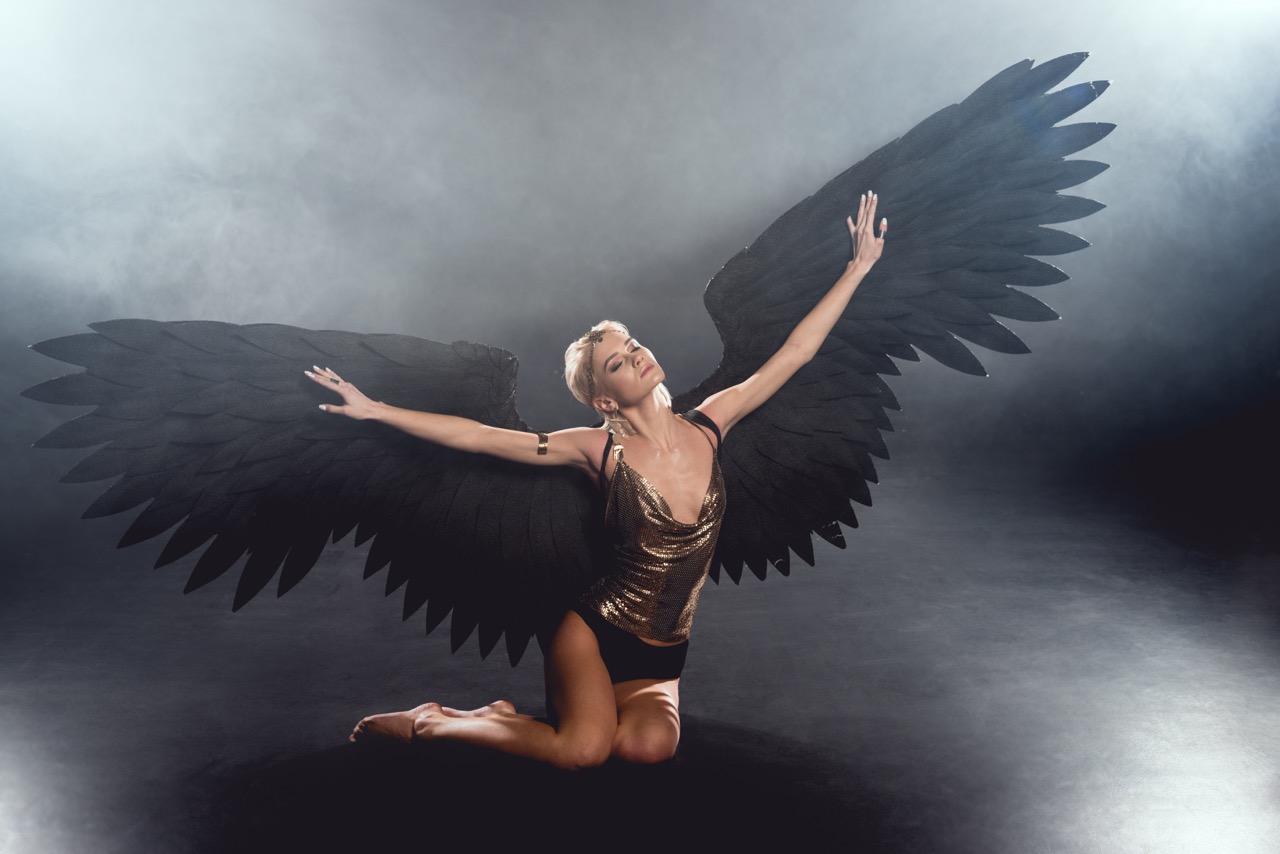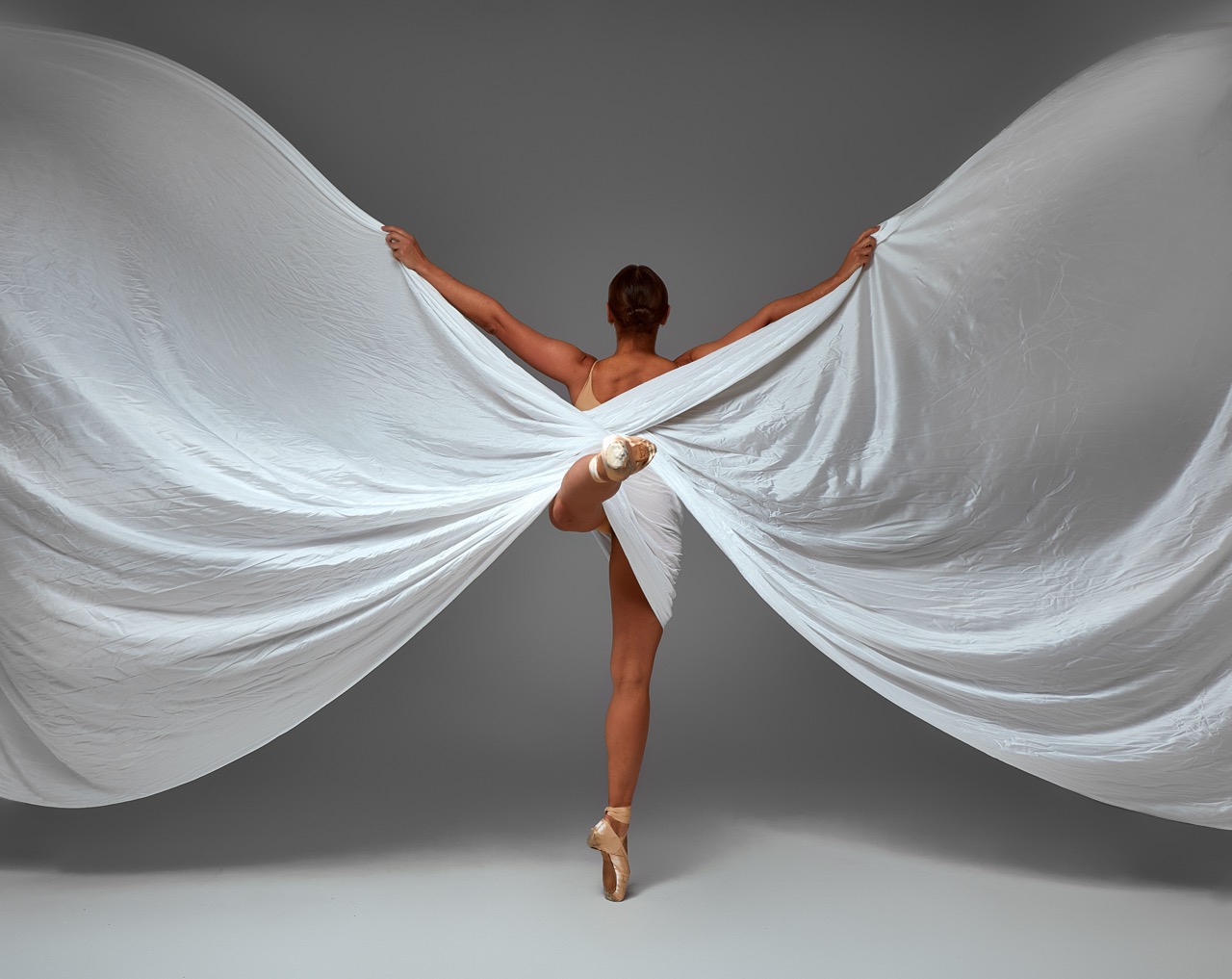In the world of dance, the body becomes a canvas on which emotions and stories are painted, and among the myriad symbols that can be employed, wings stand out as a powerful representation of freedom and liberation. Their ethereal quality evokes the desire to soar above constraints, both physical and metaphorical. This article explores how wings serve as a profound motif in dance, illustrating themes of emancipation and self-discovery through movement, emotion, and choreography.
The Symbolism of Wings: A Dance of Freedom Awaits
Wings, in their essence, symbolize aspirations that transcend earthly limitations. They evoke the imagery of birds taking flight—an act that resonates deeply with the human spirit’s inherent desire for freedom. In dance, the notion of wings can manifest through the physicality of movement, where dancers embody the grace and buoyancy of flight. Whether through sweeping arm movements or soaring leaps, the portrayal of wings invites the audience to witness a transformative journey, where the dancer breaks free from the confines of the ground, representing liberation from societal expectations and personal struggles.
Moreover, wings carry a rich tapestry of cultural connotations, often linked to mythological figures like angels or deities, who embody freedom and transcendence. These narratives can deeply influence a choreographer’s vision, infusing the dance with layers of meaning that reflect the dancer’s personal experiences or collective struggles. By invoking these symbols, dance becomes a medium not only for self-expression but also for societal commentary, allowing performers to channel their inner aspirations and advocates of freedom through their art.
In this way, the symbolism of wings transcends physical movement, acting as a rallying cry for liberation. When dancers utilize wing-like motifs, they invite audiences to reflect on their own notions of freedom. Are we not all searching for ways to break free from our own constraints? Through the powerful imagery of wings, dance becomes an exploration of these themes, offering a universal language that resonates with the longing for liberation that lies within us all.
Movement and Emotion: Unleashing the Spirit Through Dance
Dance is often described as a language of the body, a means of expressing emotions that words may fail to capture. The movement associated with wings can evoke a spectrum of feelings—joy, longing, and the exhilarating rush of freedom. When dancers incorporate fluid, expansive motions reminiscent of wings, they tap into a primal sense of liberation, allowing their spirits to soar. This emotional release is not only cathartic for the performer but also deeply affecting for the audience, who can feel the weight of burdens being lifted through the sheer power of movement.
The act of dancing with wings can also serve as a metaphorical shedding of layers—like a butterfly emerging from its cocoon. Each movement can represent a step towards self-acceptance and liberation from past constraints. As dancers immerse themselves in the emotional landscape of their choreography, they invite spectators to embark on a shared journey of discovery, where the weight of the world begins to dissolve with each graceful sweep of the arms. This connection fosters a sense of empathy, allowing the audience to reflect on their own battles for freedom.
Moreover, the emotional resonance of dance is amplified by the physicality of wing-like movements. When a dancer extends their arms in a fluid, bird-like manner, it creates a visual representation of yearning and aspiration. The juxtaposition of grounded steps with soaring leaps embodies the struggle between confinement and the desire to break free. Through this interplay of movement and emotion, dance becomes a powerful medium for storytelling—an exploration of the spirit’s longing for liberation that captivates and inspires.
Choreographing Liberation: The Art of Winged Expression
Choreography that incorporates the symbolism of wings requires a thoughtful approach to movement, rhythm, and intention. Dancers must explore the dynamics of flight, considering how to translate the essence of wings into their physical language. This involves a blend of technical prowess and creative expression, where the choreography embodies both the grace of soaring and the weight of earthly existence. The challenge lies in merging these elements, enabling the dancers to communicate a journey of liberation through their art.
In crafting a piece that embodies wings, choreographers often draw inspiration from nature, mythology, and personal narratives. This creative process involves experimenting with various movements that encapsulate the feeling of flight—whether it be through spiraling turns, expansive arm gestures, or moments of weightlessness. The goal is to create a dialogue between the dancers and the music, allowing the rhythm to guide their expressions of freedom. Through this synergy, the choreography becomes an evocative portrayal of the human experience, celebrating the triumph of the spirit over adversity.
Additionally, choreographers must consider how to engage the audience in this narrative of liberation. By inviting viewers to witness the dancers’ transformation, they create a shared experience that resonates on a deeper level. The symbolism of wings becomes a vehicle for connection, allowing audiences to reflect on their own journeys toward freedom. In this way, the art of winged expression transcends mere movement and evolves into a profound exploration of liberation, elevating both the performers and spectators in the process.
Elevating the Soul: Wings as a Metaphor in Performance
In performance, wings serve as more than just a physical representation of flight; they become a metaphor for the emotional and spiritual journey of the dancer. The act of embodying wings allows performers to explore themes of liberation, self-discovery, and transcendence. Each performance becomes a ritualistic expression of the soul’s yearning to break free from societal constraints and personal limitations. As dancers take the stage, they invite the audience to join them in this exploration of what it means to be truly free.
The metaphor of wings also extends to the relationships between dancers, as they often explore the dynamics of support and connection. In a choreographed piece, dancers can mimic the way birds fly in formation, showcasing trust, cooperation, and unity in their movements. This sense of collective liberation highlights the power of community and shared experiences, reinforcing the idea that freedom is not solely an individual quest but a collective journey. Through this lens, wings symbolize not only personal emancipation but also the strength found in solidarity.
Ultimately, the metaphor of wings elevates the dance experience, transforming it into an exploration of the human condition. Each performance becomes an opportunity for both dancers and audiences to reflect on their own desires for liberation. Whether through the grace of movement, the emotion of expression, or the power of connection, wings serve as a reminder that the pursuit of freedom is universal. In this way, the artistry of dance, infused with the symbolism of wings, becomes a celebration of the spirit’s eternal quest to soar.
Incorporating wings into the narrative of dance offers a rich tapestry of expression that resonates with our deepest yearnings for freedom and liberation. Through the symbolic portrayal of wings, dancers can convey profound emotions, transform their movements into a powerful narrative, and invite audiences along on their journey of self-discovery. As we continue to explore the significance of wings in performance, we uncover the universal truths that connect us all, reminding us that the pursuit of liberation is a dance we all share. Dance, in its essence, becomes a celebration of the human spirit’s desire to break free and take flight.

